Auschwitz liberated
27th January 1945: The Red Army overruns the abandoned killing centre and concentration camp - before the world understands its true horror
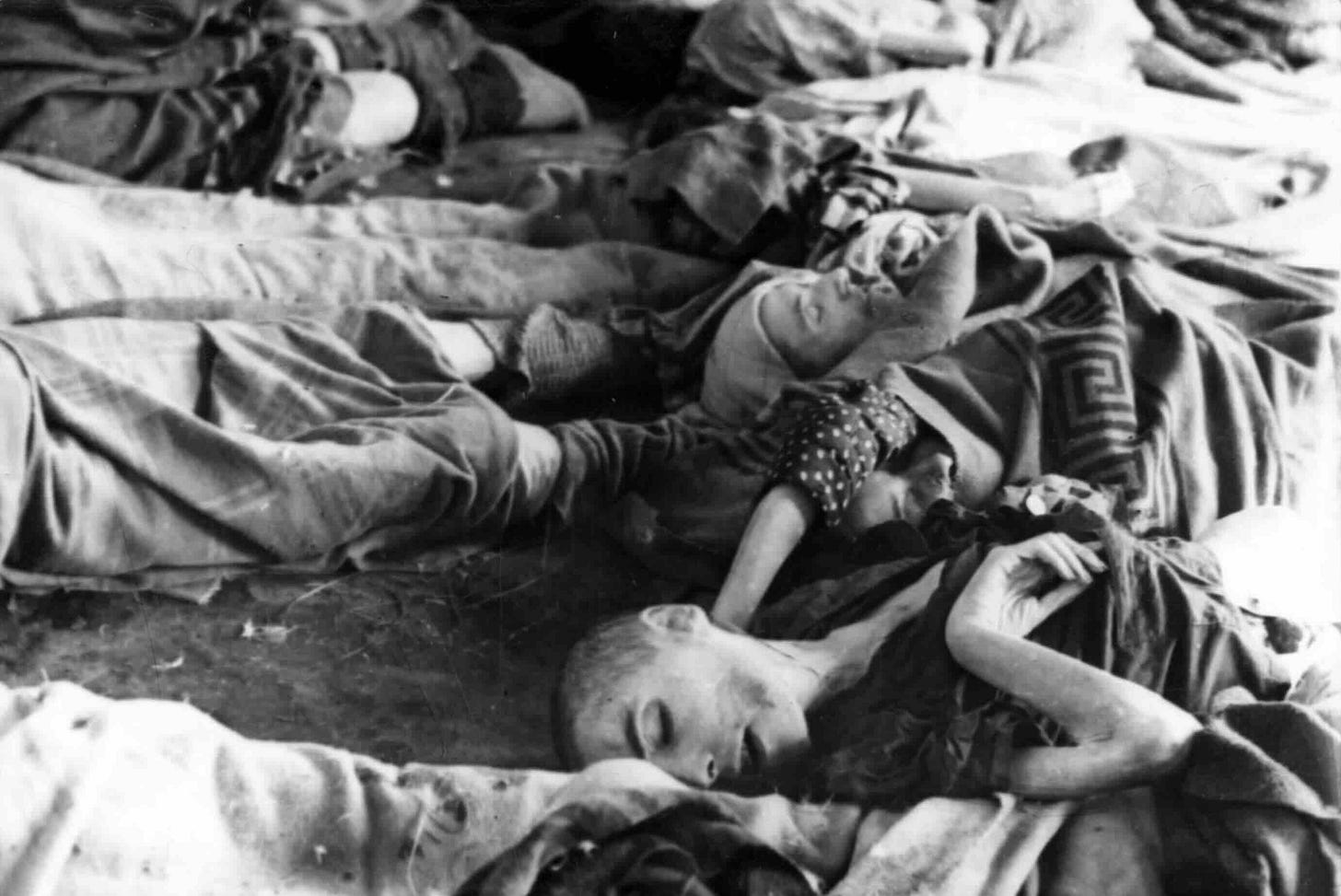
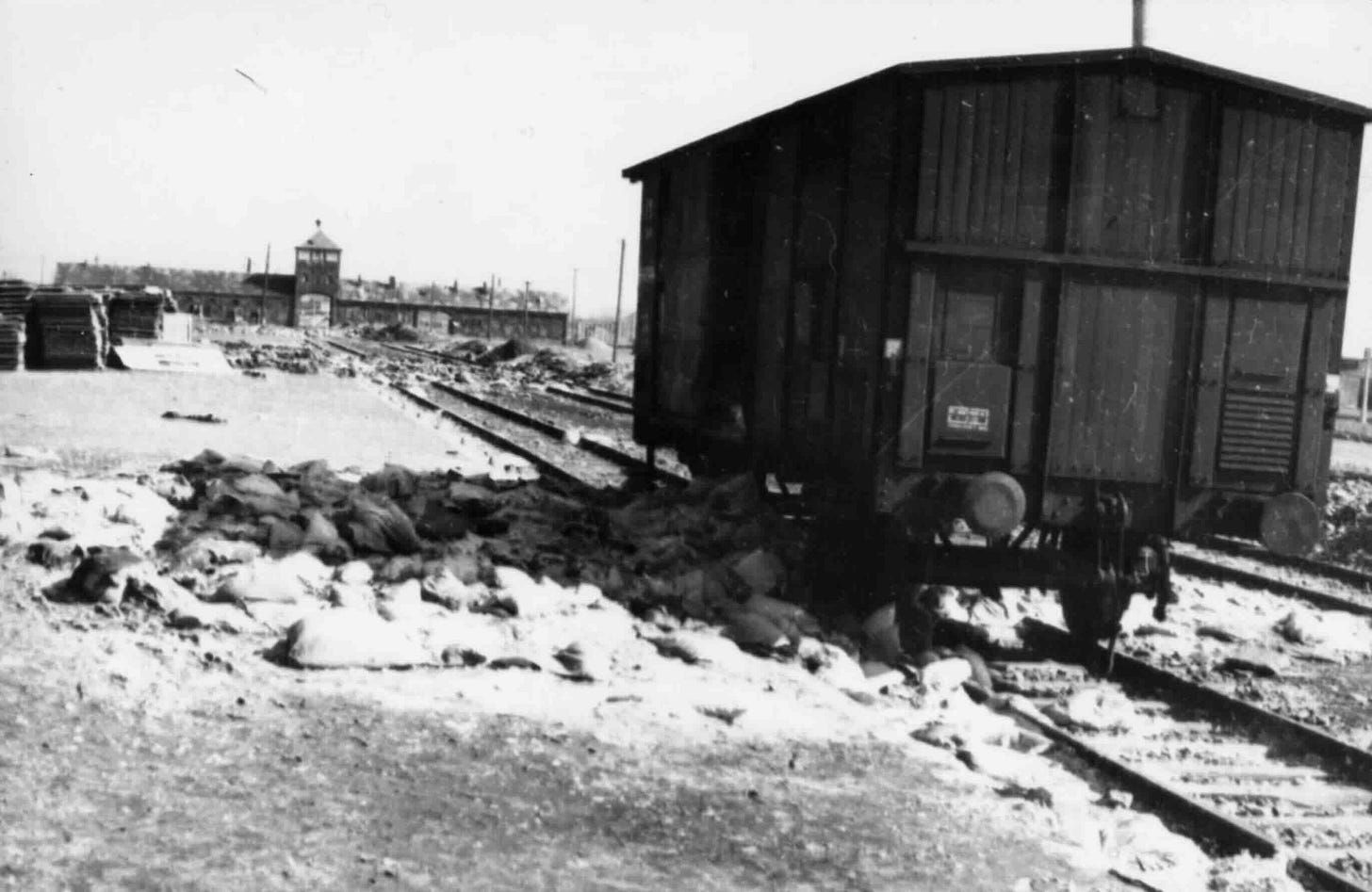
At the time, the liberation of Auschwitz by Soviet troops did not attract the attention that subsequent discoveries of other ‘camps’ - by the Americans, British and Canadians - would have. Reports of the first major death camp discovered by the Red Army, Majdanek, had been discounted as probable Soviet exaggerations. Even a report by respected journalist Alexander Werth had not been believed - the scale of the Nazi crimes was "incredible". It would take the shocking newsreel footage taken at the camps located in Germany before the true horror of what had happened in the Holocaust began to be understood in the wider world.
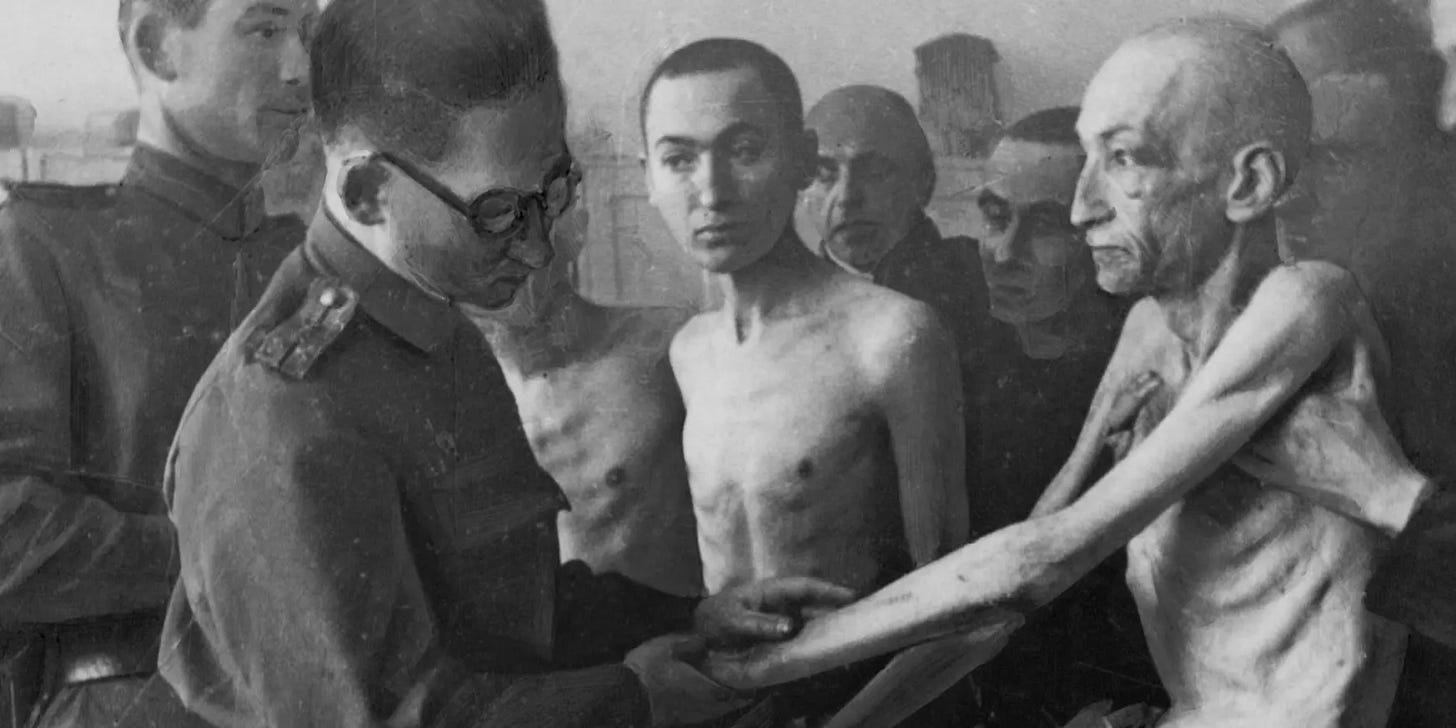
The first report about Auschwitz-Birkenau appeared in the Soviet newspaper Pravda on the 2nd February 1945. At the time it did not attract much attention. The world already knew about Auschwitz because of the report made by Vrba and Wetzler - although many people could yet comprehend what this report really meant. Now reporter Boris Polevoi was cautious, he did not attempt to assess the number of people murdered here :
It will take weeks of long and careful investigations by special commissions before a full picture of the truly unparalleled German outrages at Auschwitz is established. What is noted here are only the outlines coming from a first glance acquaintanceship with the site of the monstrous outrages of the Hitlerite hangmen.
The name of the town "Auschwitz" has long been a synonym for bloody German atrocities in the lexicon of the peoples of the world. Few of its prisoners escaped the fires of its notorious "ovens." From behind the wire of its numerous camps only a phantom echo had filtered of the wails from the lips of its thousands of prisoners. Only now, when the troops of the First Ukrainian Front had liberated Auschwitz, was it possible to see with one's own eyes the entirety of this terrible camp, in which many of its tens of square kilometers of fields were soaked in human blood, and literally fertilized with human ash.
The first thing that strikes one about Auschwitz, and which distinguishes it from other known camps, is its enormous expanse. The territory of the camp occupied tens of square kilometers and in recent years had grown to absorb the towns of Makowice, Babice, and others.
It was an enormous industrial plant, having its own branch facilities, each of which received its own special charge. In one, the processing of the arrivals took place: prisoners were made of those who, before death, could be put to work, while the elderly, the children, and the infirm were sentenced to immediate extermination. In another, a division for those who were so exhausted and worn out as to be barely fit for physical labor, they were assigned the task sorting the clothes of the exterminated, and of sorting their shoes, taking apart uppers, soles, linings.
It is fair to say that all prisoners entering the branches of the industrial plant were to be killed and burned, either by being killed outright or through the many ordeals of confinement.
Around this industrial plant enormous fields and enclosures were established in the Sola and Vistula river valleys. The remains of the prisoners, burned in the "ovens", had their ash and bones crushed in rolling mills and converted to meal, and this meal went to the fields and enclosures.
Auschwitz! Impartial commissions will establish the precise number of the people killed or tortured to death here. But already we can assert, based on discussions with Poles, that in 1941-1942 and at the beginning of 1943 five to eight trains of people arrived every day, indeed on some days so many came that the station could not handle them.


The people came from the surrounding territories occupied by the Germans, from the USSR, from Poland, from France, Yugoslavia and Czechoslovakia. The wagons were tightly packed with people and were always locked. At the station, the Polish railway workers were replaced by a crew from the camp, which included several special railway detachments. The wagons would disappear behind the gates and return empty. In the first four years of the camp's existence the railway workers did not see a single wagon coming back from the camp carrying people.
Last year, when the Red Army revealed to the world the terrible and abominable secrets of Majdanek, the Germans in Auschwitz began to wipe out the traces of their crimes. They leveled the mounds of the so-called "old" graves in the Eastern part of the camp, tore up and destroyed the traces of the electric conveyor belt, on which hundreds of people were simultaneously electrocuted, their bodies falling onto the slow moving conveyor belt which carried them to the top of the blast furnace where they fell in, were completely burned, their bones converted to meal in the rolling mills, and then sent to the surrounding fields. In retreat were taken the special transportable apparatuses for killing children. The stationary gas chambers in the eastern part of the camp were restructured, even little turrets and other architectural embellishments were added so that they would look like innocent garages.
But even so one can see the traces of the murder of millions of people! From the stories of prisoners, liberated by the Red Army, it is not difficult to make out all that the Germans tried so carefully to conceal. This gigantic industrial plant of death was equipped with the last word in fascist technology and was furnished with all of the instruments of torture which the German monsters could devise.
In the first years of the camp, the Germans maintained only a cottage industry of death: they simply led prisoners to a large open pit, forced them to lie down and shot them in the back of the head. When one layer was full, the next would be forced to lie down head-to-foot on the layer below. And so was filled the second layer, and the third, and the fourth ... When the grave was full, to make sure that all of the people were dead, it was raked with submachine gun fire several times, while those for whom there was no room in the grave covered it up. Thus were filled hundreds of enormous pits in the eastern part of the camp, which bore the name of the "old" graves.
The German hangmen, noting the primitiveness of this method of killing, decided to increase the productivity of the industrial plant of death by mechanizing it, leading to the gas chambers, the electric conveyor belt, the construction of the blast furnace for burning bodies and the so-called "ovens."
But for the prisoners of Auschwitz death itself was not the most terrible thing. The German sadists, before killing their confinees, tormented them with hunger, cold, 18 hour days, and monstrous punishments. They showed me leather-covered steel rods that they used to be beat the confinees. On the handle - the mark of the Krupp factory in Dresden. These articles were produced on an industrial scale.
I saw, in facilities in the southern part of the camp, benches with straps on which people were beaten to death. They were covered with zinc so the blood of the victims could be washed off: the hangmen had a care for hygiene! I saw a specially constructed oaken chair, in which people were killed, after having had their backs broken. I saw massive rubber truncheons, all bearing the stamp of the Krupp factory, with which the confinees were beaten about the head and genitals.
I saw thousands of martyrs at Auschwitz - people, so worn out that they swayed like shadows in the wind, people, whose age it was impossible to determine.
The Red Army saved them, and pulled them from hell. They honor the Red Army as the avengers for Auschwitz, for Majdanek, and for all the pain and suffering which the fascist hangmen have brought to the people of Europe.


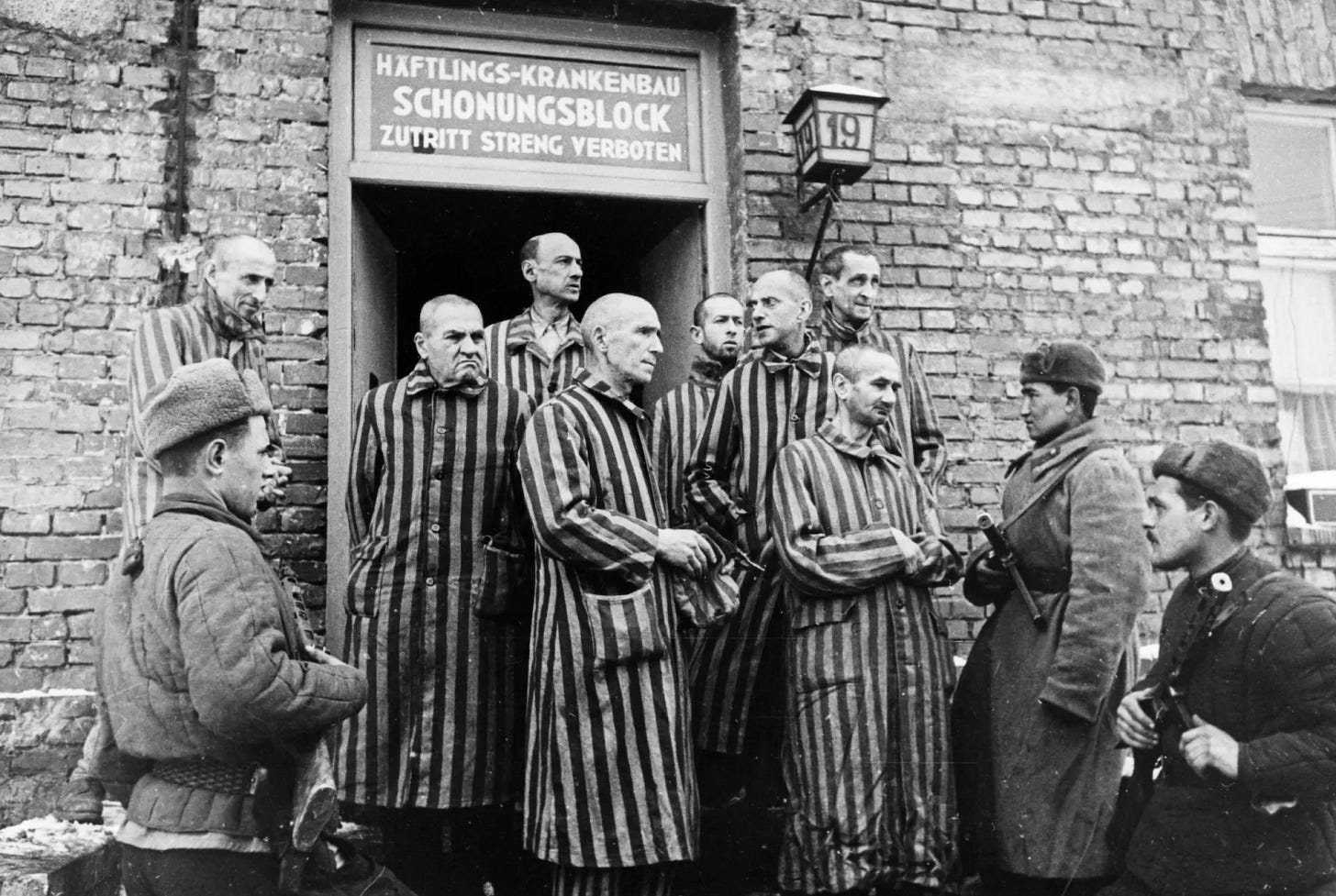
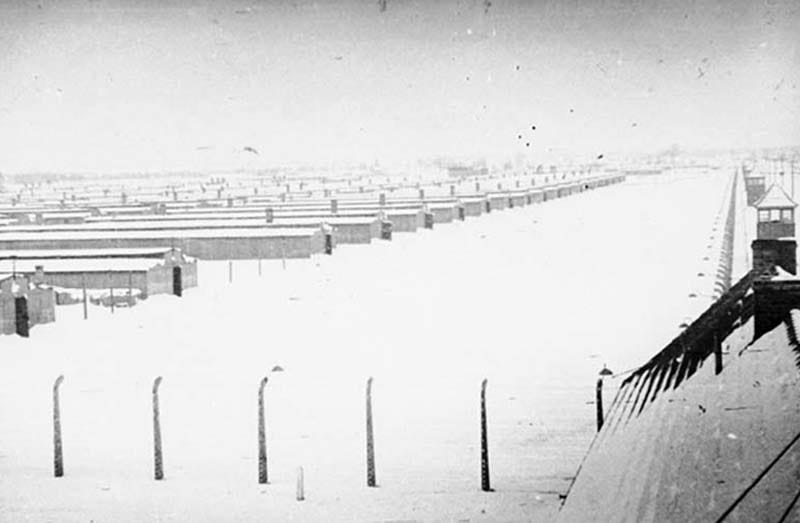
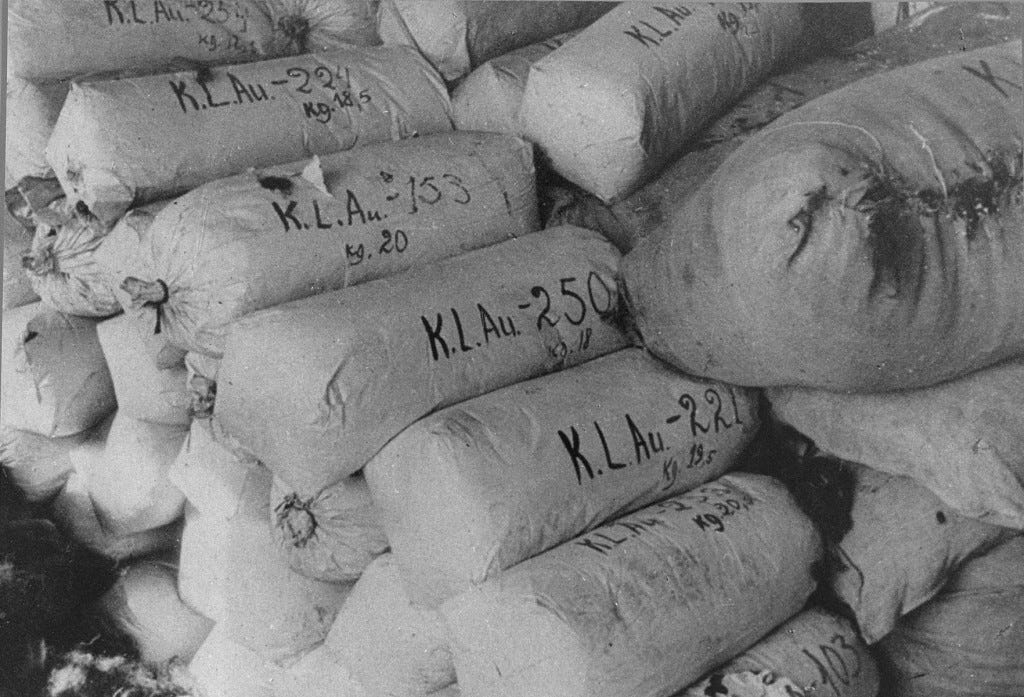
A sad and tragic chapter in history 😢 We must NEVER Forget how EVIL the Nazis Were.